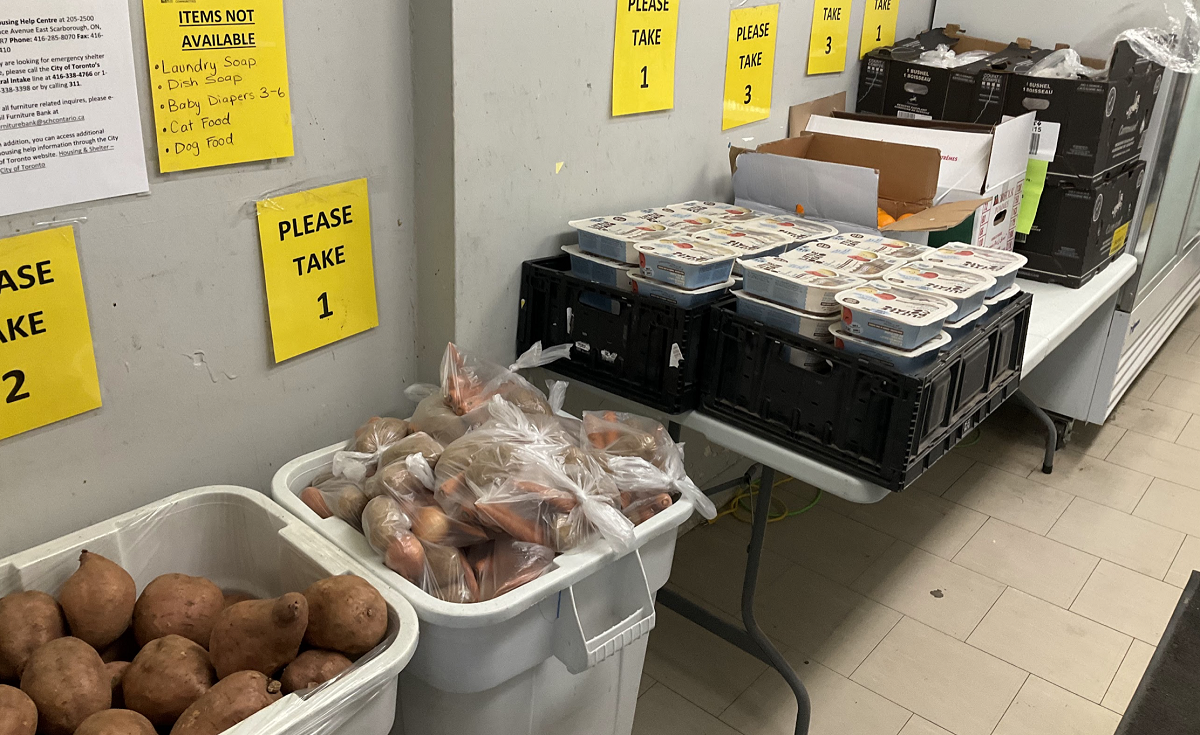FOOD INSECURITY IN THE COMMUNITY
Addressing food insecurity in the community is a crucial and compassionate endeavour. Here are some strategies and ideas for tackling this issue:
Community Food Drives: Organize or participate in food drives to collect non-perishable items. Collaborate with local businesses, schools, and community organizations to increase donations.
Food Pantries: Establish a food pantry or partner with an existing one to provide a consistent food source for needy individuals and families.
Community Gardens: Create community gardens or support urban agriculture initiatives to grow fresh produce locally.
Meal Programs: Start or support meal programs that provide free or low-cost meals to those in need. These can be in the form of soup kitchens, community dinners, or food delivery services.
Food Rescue Programs: Partner with local restaurants and grocery stores to rescue surplus food that would otherwise go to waste. Distribute this food to those facing food insecurity.
Educational Workshops: Offer workshops on budgeting, meal planning, and nutrition to help individuals and families maximize their resources.
Mobile Food Units: Utilize mobile food units to bring food to underserved neighbourhoods or remote areas.
Partnerships: Collaborate with local businesses, churches, schools, and government agencies to strengthen your efforts and resources.
Community Fundraising: Organize fundraising events to raise money for purchasing food or supporting local food initiatives.
Advocacy and Awareness: Raise awareness about food insecurity in your community to garner support and resources for long-term solutions.
Support for Vulnerable Groups: Identify vulnerable populations, such as children, seniors, and homeless individuals, and tailor your programs to meet their specific needs.
Volunteer Opportunities: Create opportunities for community members to volunteer and get involved in addressing food insecurity.
Emergency Food Assistance: Develop a system for providing emergency food assistance to those facing sudden crises.
Food Distribution Events: Host food distribution events regularly to provide a variety of essential items to those in need.
Collaboration with Food Banks: Partner with food banks to access broader resources and support.
Health and Nutrition Programs: Combine food assistance with educational programs on nutrition and health.
Community Support Groups: Create support groups for individuals facing food insecurity, allowing them to connect, share resources, and provide emotional support.
Food Delivery Services: Establish or support food delivery services for individuals with limited mobility.
Long-Term Solutions: Advocate for and work toward long-term solutions to address the root causes of food insecurity, such as poverty, unemployment, and lack of affordable housing.
Data Collection: Collect data better to understand the extent of food insecurity in your community and to target your efforts effectively.
Remember, tackling food insecurity is an ongoing effort that may require a combination of short-term relief and long-term solutions. Collaborate with local organizations, government agencies, and community members to create a comprehensive and sustainable approach to alleviating food insecurity in your community.







